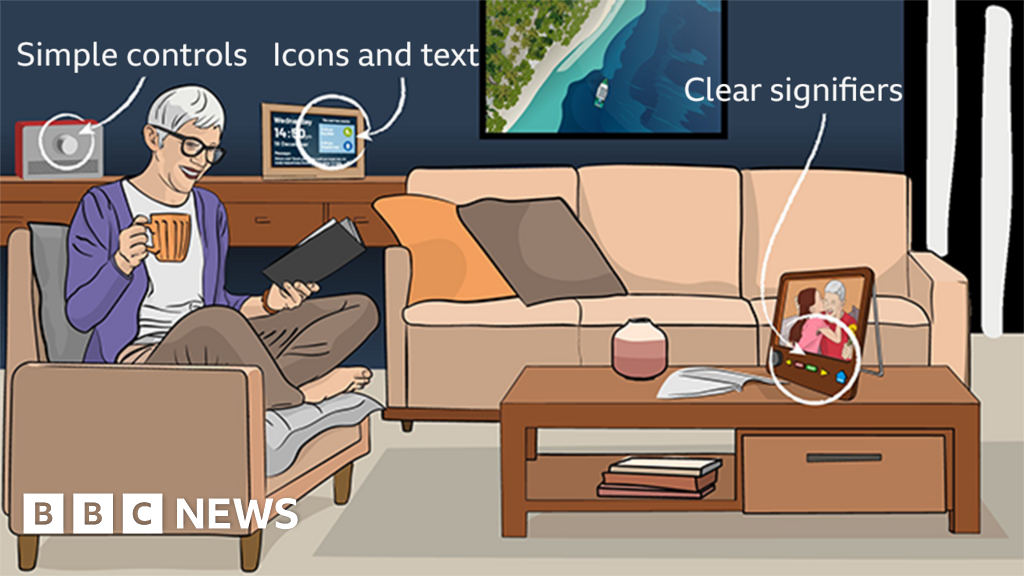A new study by researchers at the University of Arizona Health Sciences identified a link between poor sleep and migraine attacks that suggests improving sleep health may diminish migraine attacks in people with migraine.
Many people with migraine report having sleeping disorders, including insomnia, trouble falling or staying asleep, poor sleep quality, excessive daytime sleepiness, waking up from sleep and being forced to sleep because of a migraine headache. Until now, it was unknown whether migraine causes poor sleep or vice versa.
“It has been recognized for quite a long time that there is a relationship between sleep and migraine,” said principal investigator Frank Porreca, PhD, research director for the Comprehensive Center for Pain & Addiction and professor of pharmacology at the UArizona College of Medicine — Tucson. “The way it has been investigated in the past has been through patient-reported information, which is subjective. We quantitatively measured sleep in preclinical models and found that migraine-like pain does not influence sleep, but if you have disrupted sleep, your chances of having a migraine attack if you’re a migraine patient are much higher.”
Porreca led a research team that used preclinical mouse models to evaluate sleep disruption, as the sleep architecture of mice closely matches that of people, including cycles of deep sleep, REM sleep and light sleep. Sleep was assessed using electroencephalogram recordings and visual observations.
Researchers found that when mice were sleep deprived, they were more likely to experience migraine-like pain, but migraine-like pain did not disrupt normal sleep.
Porreca noted that sleep deprivation can happen for many reasons, including stress. For this study, the research team ensured they were studying the effect of sleep, and not stress, on migraine by giving mice novel objects to explore to keep them awake.
“Mice are compelled to explore novel objects. They just have to go and look,” Porreca said. “It reminds me of how teenagers are often sleep deprived because they’re on their phones. Anybody who studies sleep will tell you that from a sleep hygiene point of view, you don’t want any devices in your bedroom where you’re trying to sleep.”
For people with migraine, limiting the use of electronic devices before bedtime and following other sleep health tips could be an easy way to limit the likelihood of migraine attacks.
“Early morning is one of the most common times people experience migraine attacks,” Porreca said. “Migraine is highly female prevalent — it’s 3 to 1, women to men — and almost all the women are of childbearing age. Many people with migraine probably have children. They wake up with a migraine attack and are immediately stressed. They don’t have time to take care of themselves, they have to get the kids ready for school and they have to get ready for work. That migraine attack is happening in the worst time of the day for function. Improved sleep is critically important and probably would diminish the frequency of migraine attacks.”
The American Migraine Foundation estimates more than 39 million people in the U.S. live with migraine, though that number is probably higher due to the number of people who do not get a diagnosis or treatment.

